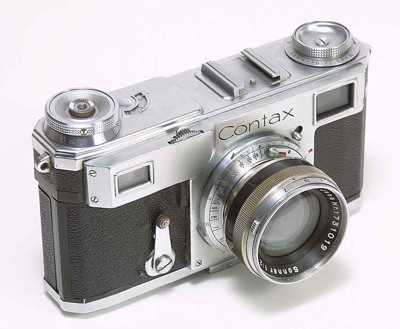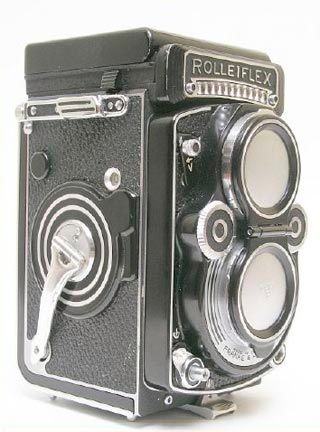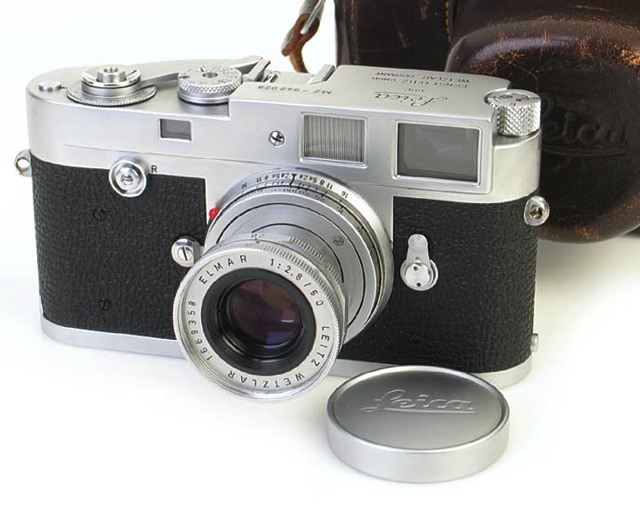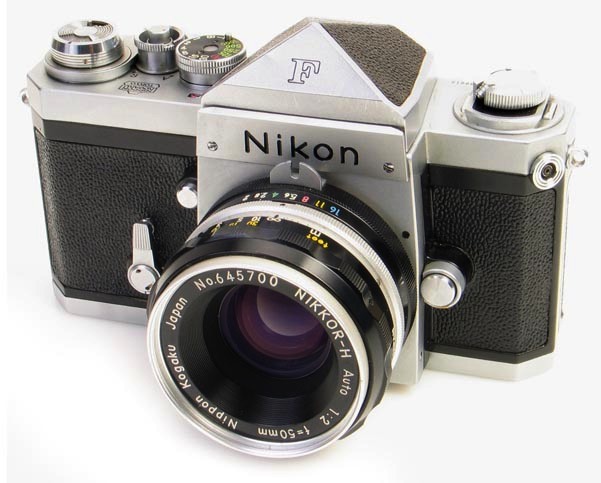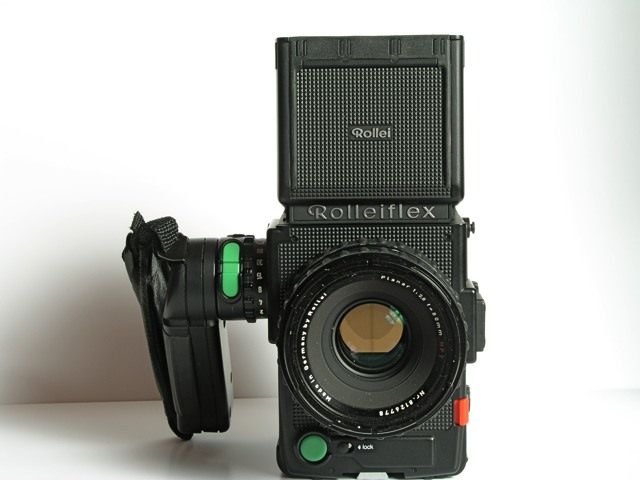We are all guilty of it.
There’s a car that is one of the fastest in the world. It is exceptionally affordable. It is supremely reliable, has very high engineering standards and comes in red, if you want. It’s possibly the fastest production car made yet the manufacturer cannot give them away because the brand is wrong. It connotes nothing so much as beer-bellied ol’ boys at the ball park on a lazy Sunday afternoon. Not the image you quite want for something that is meant to advertise “I am single, available and sexy”.
That car, of course, is Chevrolet’s Corvette. A Ferrari with like performance and looks (OK, like performance) is five times the price.
A branding failure, no matter how much GM tells you it’s there to reinforce the message of Chevy excellence. I wouldn’t be seen dead in one.
It’s the same with watches. We have all been told a thousand times that a quartz Timex keeps time as well as anything, and that is correct, yet I have two manually wound timepieces in the desk drawer which cost egregious sums to acquire and are anything but accurate, not to mention needing constant, costly maintenance. I wear neither so there they are, waiting for …. I know not what. But the makers, unlike Chevy, got the branding dead right. Low production volumes, word of mouth advertising, scarcity, exclusivity. That’s what makes a brand.
It used to be that way with cameras.
The esteemed brands which shared the qualities of those watches were few. In the ’50s the Speed Graphic (crude and effective) and the Linhof (anything but crude, and equally effective) ruled, but only one was a brand in the sense of this piece. It was not the Speed Graphic.
Rolleiflex has always been a brand and remains so to this day. Any number of great photographers used waist-level Rolleis, ungainly as they may be, and some great studio work is being done to this day with their ne plus ultra medium format, single lens reflexes. I owned one of these nuclear deterrents many years (a 6003 Pro) and it was as easy to use as any medium format camera can ever claim to be easy to use. And it was a real Brand. When you locked that Zeiss Planar or Distagon lens on the body you were not the sort of person to be messed with.
In the ’60s there was really only one 35mm brand. The Leica. Cartier-Bresson used one. That’s all you had to know and no advertisements were needed to remind you of that.
The final years of great brands were the ’70s. A fading Leica gave way to the Nikon F which is to the Leica like Hulk Hogan is to Audrey Hepburn. Neither breaks easily, but one also doubles as a blunt weapon. Thanks to an America which appears yet again to have invaded the wrong country, Viet Nam gave the Nikon F its baptism. Thereafter there were no excuses needed for its Far East provenance. It had become a brand.
Then something funny started to happen to the whole brand idea. Maybe taking a leaf out of Chevy’s book they reasoned “We have the Corvette. Why not make some econoboxes. The brand might wear off.” So Canon, Nikon et al started making genuinely horrid consumer cameras, emblazoned with their name in a prominent, contrasting shade on the front. Now Aunt Maude could make sure everyone knew that she too, like Donald McCullin, used a Nikon.
Others came at it from the opposite direction. So desperate was Olympus to be seen that they gave British birdman Eric Hosking several sets of gear to displace his aging Zeiss Contarex. It worked. The former maker of toys was suddenly being taken seriously. Pentax did the same with David Bailey and Sam Haskins while Minolta did it with David Hamilton. More recently, new brands have piggybacked on their reputations in other fields. Ricoh and Casio make great copiers, so why not cameras? Samsung of TV fame? Why, cameras of course. And there’s no need to go on about Sony and HP.
So brand identity, in a strange way, lost its elitist leanings. First, counterculture chic dictated that the rich be seen wearing Swatch watches and using disposable cameras (for their equally disposable photographs). Second, who was to know whether your Leica was the cheapy Panny from China with the red dot, or the more-money-than-sense M8 (probably also from China but they aren’t telling)? Labels, in other words, had obsoleted brands. If you can get millions to buy your Benetton emblazoned T shirt so that you can go motor racing, then clearly the label means more than the brand.
So rather than further rue the demise of Great Brands, let me just let you gaze at some of the finest, most of which I have been fortunate to use and exult in.
